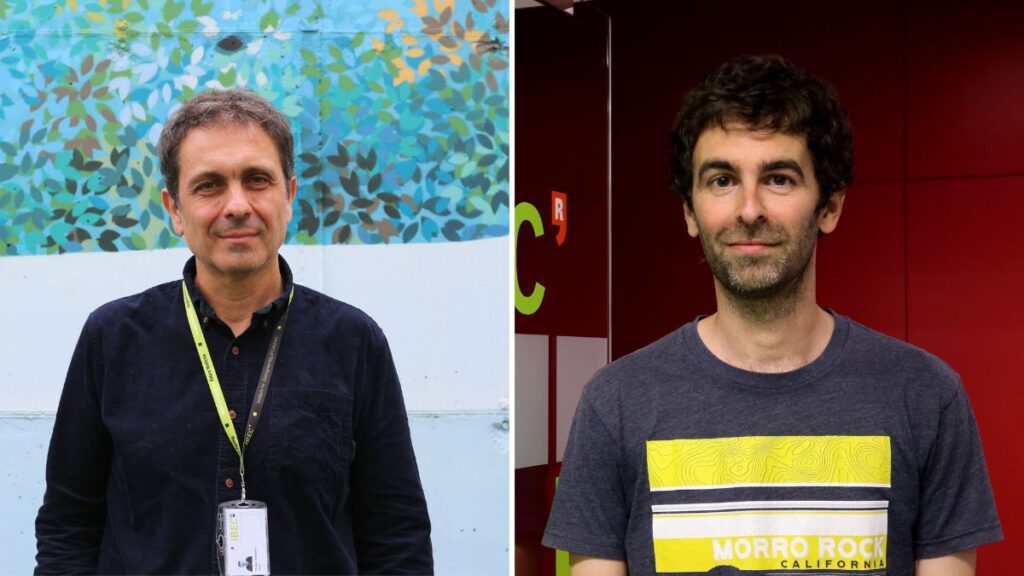Manuel Salmeron and Xavier Rovira, who are both principal investigators at IBEC, have each been awarded an ERC Proof of Concept Grant. These prestigious grants are awarded by the European Research Council to explore the commercial and social potential of research projects carried out at European institutions. Salmeron’s project, FACTORINK, focuses on designing functional bioinks with biological activity for printing artificial tissues. Meanwhile, Rovira’s project seeks to develop the EVOaware platform, which is designed to address tumour resistance to therapies and accelerate the discovery and development of new cancer treatments.

Salmeron is an ICREA research professor and principal investigator of the Microenvironments for Medicine group at IBEC, while Rovira is a principal investigator of the Spatial Biotechnology group at IBEC. This prestigious grant is awarded by the European Research Council (ERC) to explore the commercial and social potential of research projects that have previously received ERC funding. Applicants use this funding to verify the practical feasibility of scientific concepts, explore business opportunities, and prepare patent applications.
FACTORINK: New bioinks for printing artificial tissues
Manuel Salmerón’s project, FACTORINK, focuses on manufacturing bioinks with biological functionality for in vitro tissue printing. Bioinks are hydrogel-based materials containing living cells and other biomaterials, such as proteins. These materials are used in 3D bioprinting; however, for this technique to work properly, the bioinks must be biocompatible and recreate an environment that allows the cells to survive and behave as they would in the human body. This is essential for manufacturing in vitro tissue models that can be used in biomedical research and drug development. To achieve this, bioinks must mimic the extracellular matrix by offering well-defined mechanical properties and biochemical signals, such as controlled stiffness, adhesion proteins and growth factors. However, current commercial bioinks are limited as they do not effectively retain growth factors, which quickly diffuse after printing.
This funding is a great opportunity that will allow us to continue developing these bioinks for use in more sophisticated applications, including multicellular models that incorporate the immune system.
Manuel Salmeron
In this context, IBEC researchers have designed a new class of bioinks that incorporate extracellular matrix proteins. These proteins preserve their biological function, allowing the bioinks to act as a reservoir for growth factors.
“We have demonstrated the potential of this technology using simple cell models. This funding is a great opportunity that will allow us to continue developing these bioinks for use in more sophisticated applications, including multicellular models that incorporate the immune system. The results will consolidate the technology and open up commercialisation opportunities,” explains Salmeron.
Through the FACTORINK project, the IBEC team aims to realise the potential of bioinks by showcasing their capacity to contain multiphase models incorporating stem cells, endothelial cells, and the immune system. Data collected through the project is expected to inform the commercialisation of the products and generate new intellectual property.
EVOaware: Understanding tumour evolution to defeat cancer
Led by Xavier Rovira, the EVOaware project aims to develop an innovative platform that addresses one of the main challenges in cancer treatment: resistance to therapies. This platform takes an evolutionary perspective on tumours.
Solid tumours often develop resistance to treatments, rendering them ineffective. This resistance is not random; it arises from the complex interaction between different types of cancer cells and their environment, driving the tumour to adapt and evolve. Current drug discovery strategies fail to adequately address this complexity.
EVOaware’s proposed platform is based on advanced tissue imaging technologies that can anticipate how tumours evolve and how they might become resistant to both known and experimental therapies.
We are very excited about this project. With the data we obtain, we hope to demonstrate the potential of our platform and strategically position ourselves to bring our technology to market.
Xavier Rovira
This pioneering solution integrates genetic screening and lineage tracing to analyse cellular diversity within tumours, spatial coding in organoids to accurately identify the effects of drugs, and spatial omics techniques to track molecular changes in context. In the future, it will also incorporate multimodal AI models that simulate tumour microenvironments and predict their evolution.
“We are very excited about this project. With the data we obtain, we hope to demonstrate the potential of our platform and strategically position ourselves to bring our technology to market,” explains Rovira.
Ultimately, this innovative platform aims to accelerate the discovery and development of new cancer therapies and improve patient prognosis.





